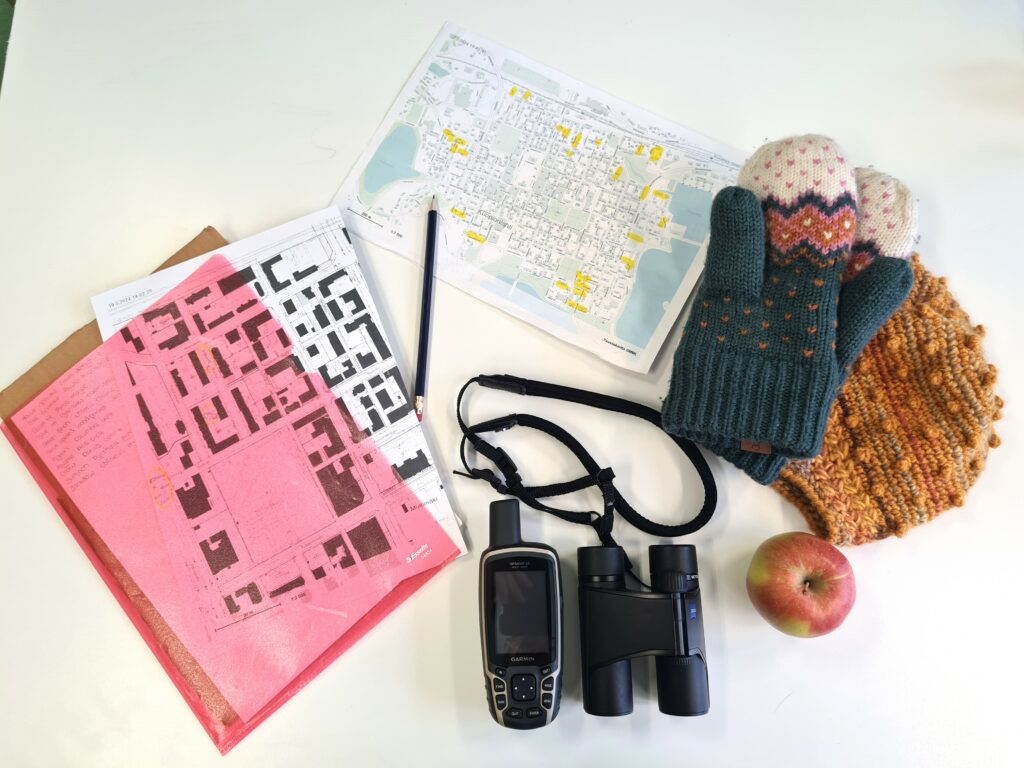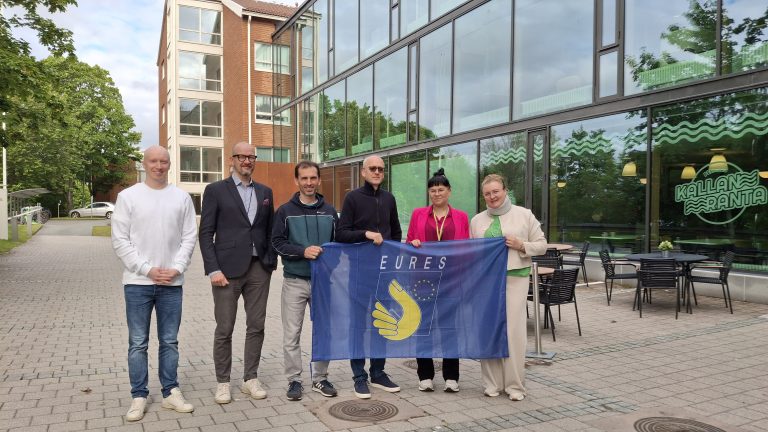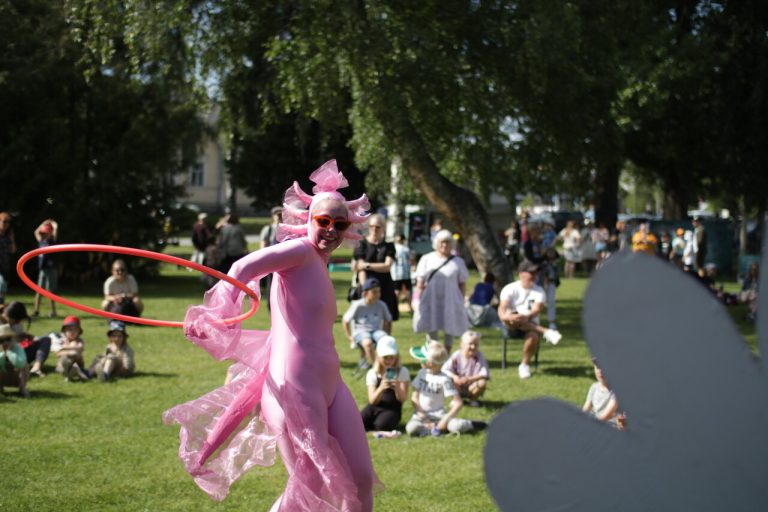Mapping of animals has begun in the City of Kuopio
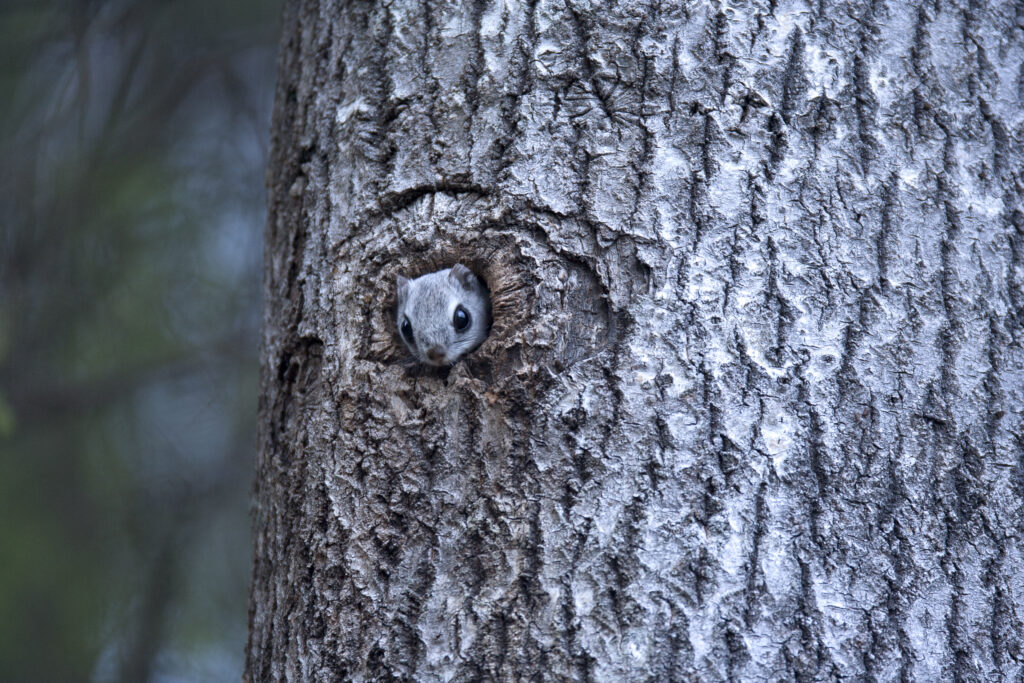
Spring has arrived in Kuopio! Warmer temperatures and sunshine do not only lure more people outside – it is also a time for many animals to be more active. This is when the Environmental Protection Unit at the City of Kuopio starts mapping certain animals. Two species of interest are house sparrows and flying squirrels.
The flying squirrel is a strictly protected species in Finland based on the EU nature directive and therefore monitored to safeguard its favourable protection status. They are still common animals, yet their numbers have been declining in the last decades and the species is now listed as endangered. Since flying squirrels’ breeding and resting places are protected from destruction or deterioration, they also need to be considered in city planning.
Since flying squirrels are active during the night and therefore rarely seen, it is not practical to count animals by sight. Instead, flying squirrel droppings at the base of a tree are counted in springtime, when the snow is melting. This is possible since the droppings accumulate underneath trees used by flying squirrels throughout winter without rotting.
How many sparrow pairs are breeding in Kuopio this year?
House sparrows are an endangered species in Finland. While they are commonly found in urban areas around the world, severe declines in population have been observed in recent decades, and Kuopio is no exception. However, even though a decline is apparent, the actual number of breeding pairs nesting in the city centre is unknown. For this reason, international intern Yvonne is conducting a survey this spring.
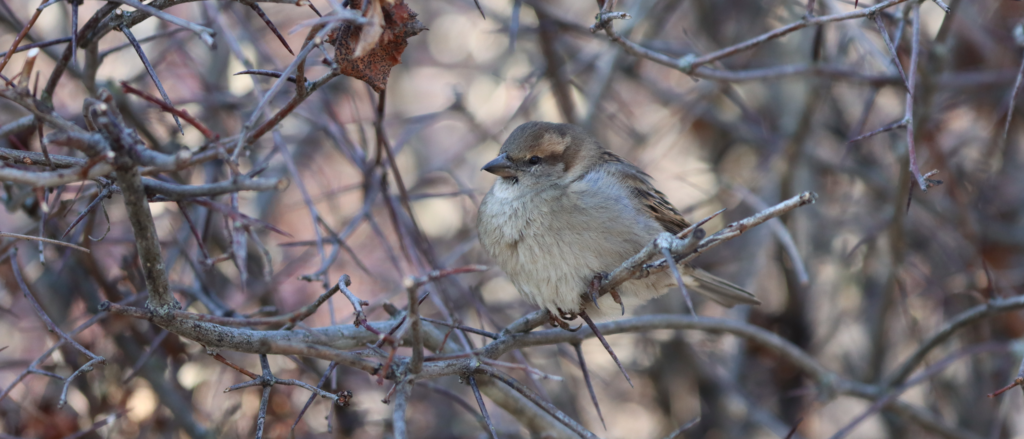
Mornings on clear days without rain are generally the best time for bird mapping, since birds are easier to locate when they are most active and singing. Recorded are singing male sparrows, as this is how they mark their territory and try to attract females. The same locations are visited multiple times to establish whether a bird will sing in the same spot repeatedly. Sparrow couples engaged in nest building or who seem to occupy a nesting spot together are also mapped.
